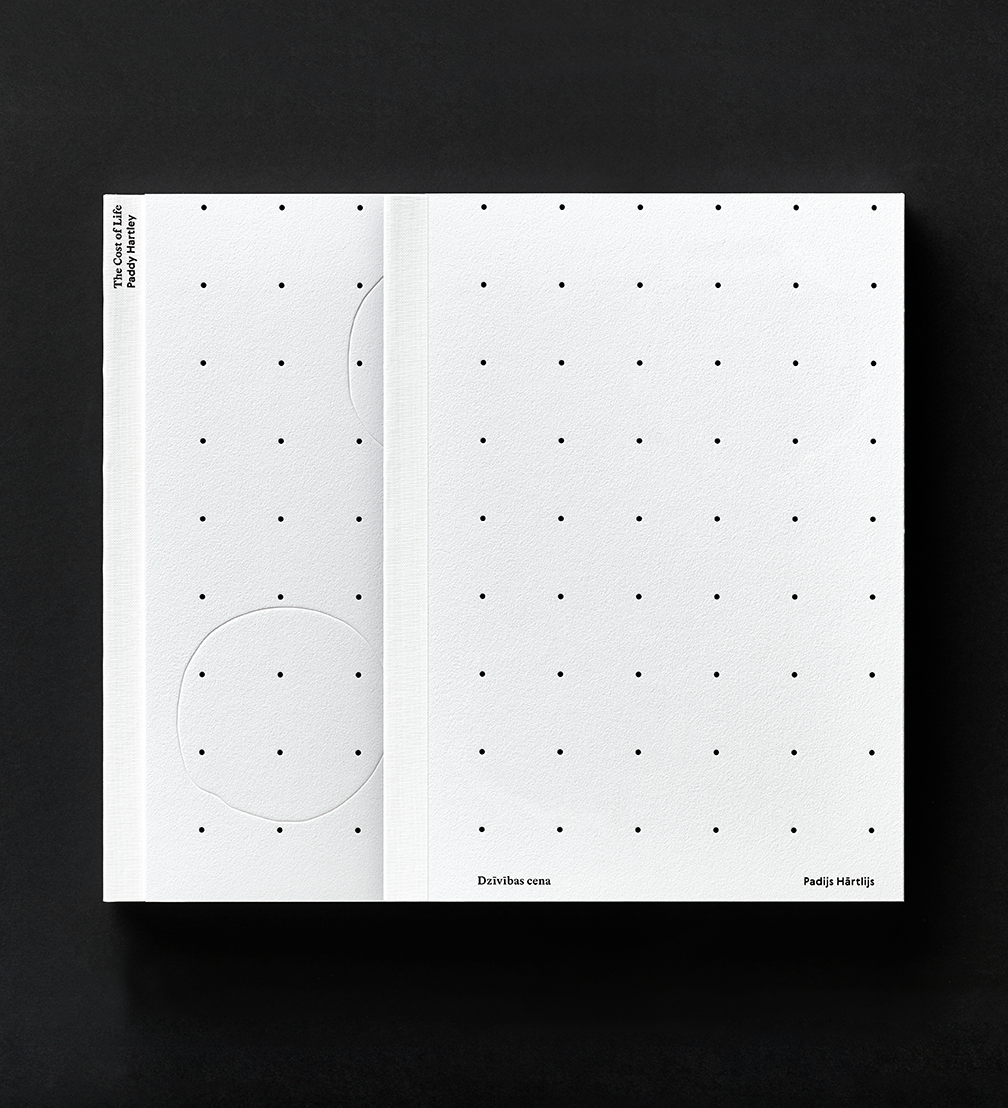
British ceramicist Paddy Hartley is visiting Riga with two exhibitions — «Cost Of Life» at the Art Academy of Latvia and the intervention Foetal Attraction at the RSU Anatomy Museum. The book Cost of Life. Paddy Hartley, designed by Alexey Murashko and first released in October 2021, was a finalist in the prestigious European Design Awards 2022 in the category «book layout», while an exhaustive catalogue accompanying the exhibition has been released in Latvian.
The British artist Paddy Hartley often addresses topics such as memorial culture and memory preservation, the ethics of biomedical research and the patient’s bodily experience. Celebrating the 125 year anniversary of the pharmaceutical company Roche, Hartley has created a commentary on both medical advances and their controversial consequences with a unique collection of ceramic works. The exhibition Cost of Life, first seen at the Tinguely Museum in Basel, unravels the link between life and death using embodied symbols of disease and sterile medical artifacts. The collection shows both the necklaces made of Prozac, Viagra and stethoscope detail, as well as a rendition of World War I symbol — the poppy — using horsehair and lamb heart tissue. «All the works I’ve been making could be interpreted as being inspired by both living and dying, which are essentially the same thing, if you apply this to a biological form. For me, however, there’s a very distinct difference between «Life» and «Living». The «Cost of Life» is that to sustain life, at all costs, can be the detriment of «living»,» says Hartley.
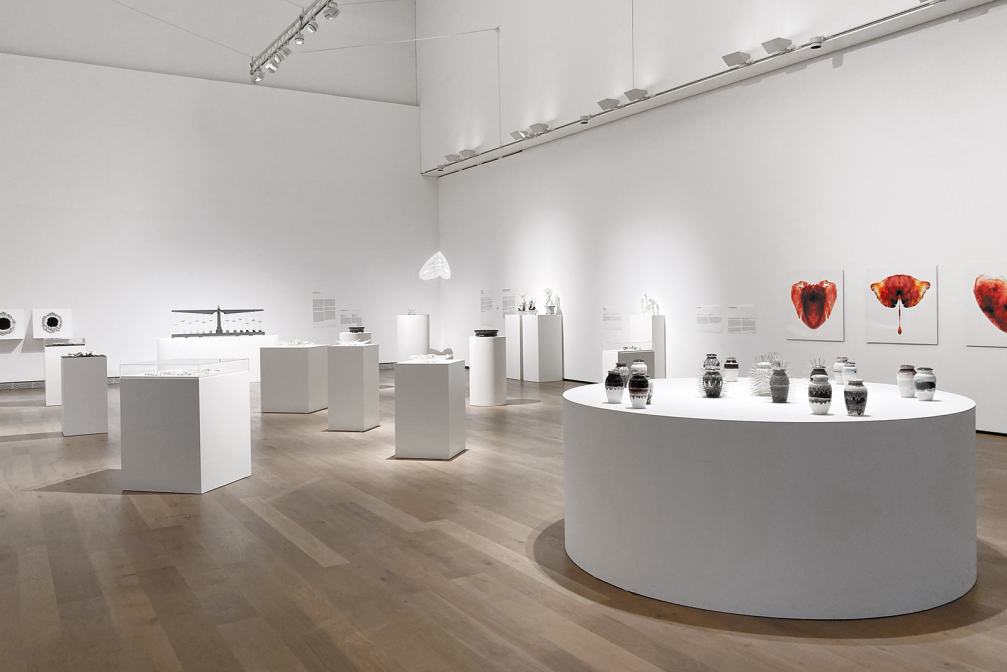
Graphic designer Alexey Murashko, who has collaborated with Roche before, has captured Hartley’s ceramic collection in a voluminous, exhibition–accompanying bilingual book Cost Of Life. Paddy The book’s design embodies the duality inherent in Hartley’s range of interests — a spine cloth that resembles medical gauze mirrors the sterility of medical materials, while the cover is made up of a sequence of four different paper stocks representing layers of skin. The textured outer cover that alludes to the top layer of skin, the glued-in red epidermis layer and the thick hypodermis layer, makes the book’s interior read like flesh and bones.
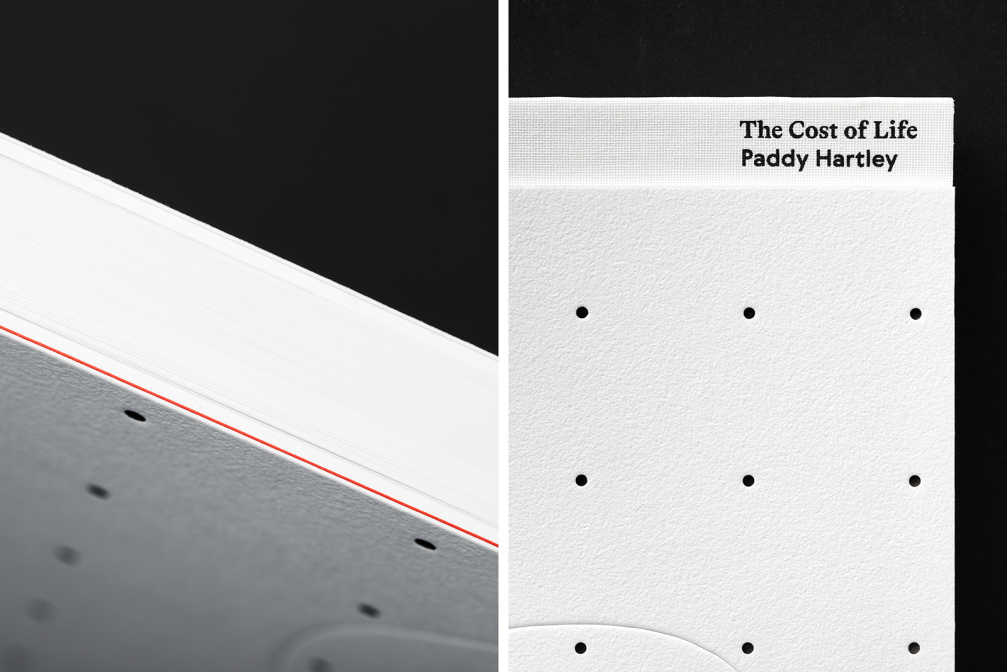
The dotted raster grid on the cover of the book is a reference to the process of creating the work The End… to be continued featured in the exhibition. The urns of children’s remains featured in this work are decorated with medical needles, making it impossible to take them into one’s hands. Although the overall impression of the work is organic, the needles are positioned and placed with high precision, marking black dots in the unburnt white ceramic. This precision and rationality, which produces an organic, «natural» result, is typical of both Hartley and the book’s designer, Murashko — neither paper nor ceramics allow mistakes.
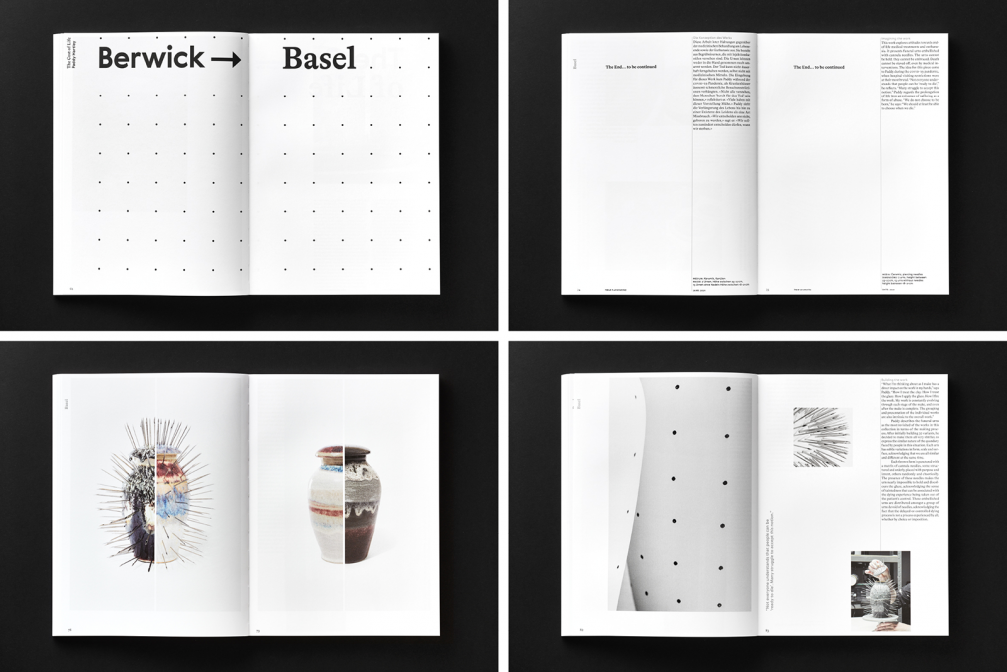
The dotted grid, which also serves as a reference to the scale designation used in microscopes, is the frame of the whole book, on which all text and images are placed. The book’s narration is organised by a geographic journey from Basel, the main base of Roche, to Berwick, which houses Hartley’s studio, back to Basel, where Hartley’s collection Cost Of Life was first exhibited.
Now that the exhibition has travelled to Riga, a catalogue in Latvian, also created by Murashko, has been released. It uses the same, slightly modified design techniques — the dotted grid, the representation of layers of skin, and geographic travel as an organising element of the chapters. The design of both editions addresses the exhibition’s range of themes — birth, adulthood, disease and death — in a sensitive, poetic way, staying true to Hartley’s ambiguous attitude toward the medical world.
Paddy Hartley’s exhibition Cost Of Life, as well as the exhibition catalogue, are available free of charge in the Art Academy of Latvia until September 29, while the intervention Foetal Attraction will be open until January 26 at the Anatomy Museum of Rīga Stradiņš University, where it is also possible to purchase the book Cost Of Life. Paddy Hartley.
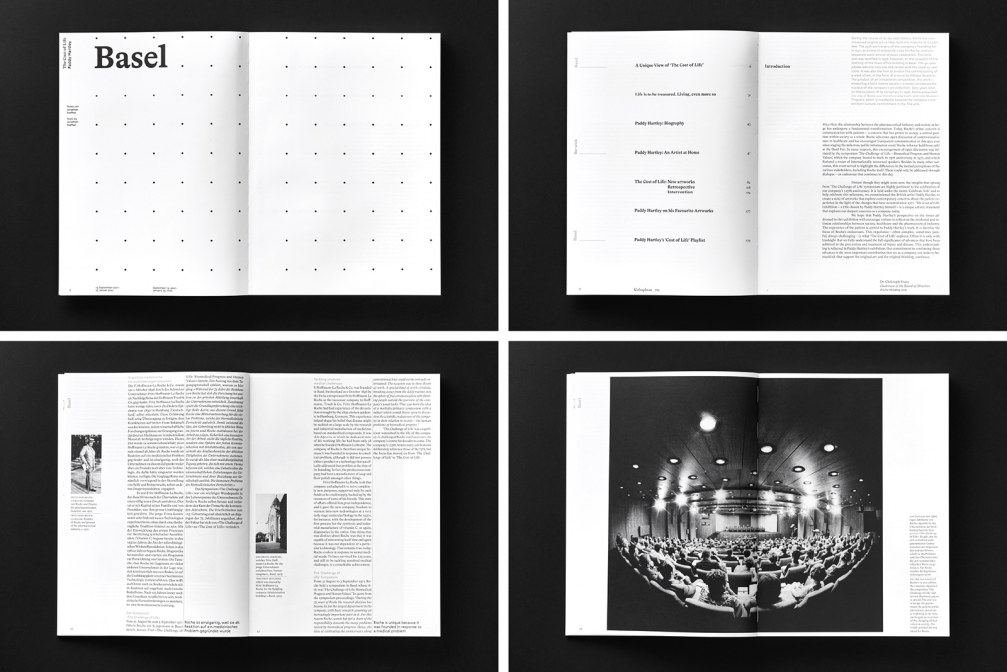
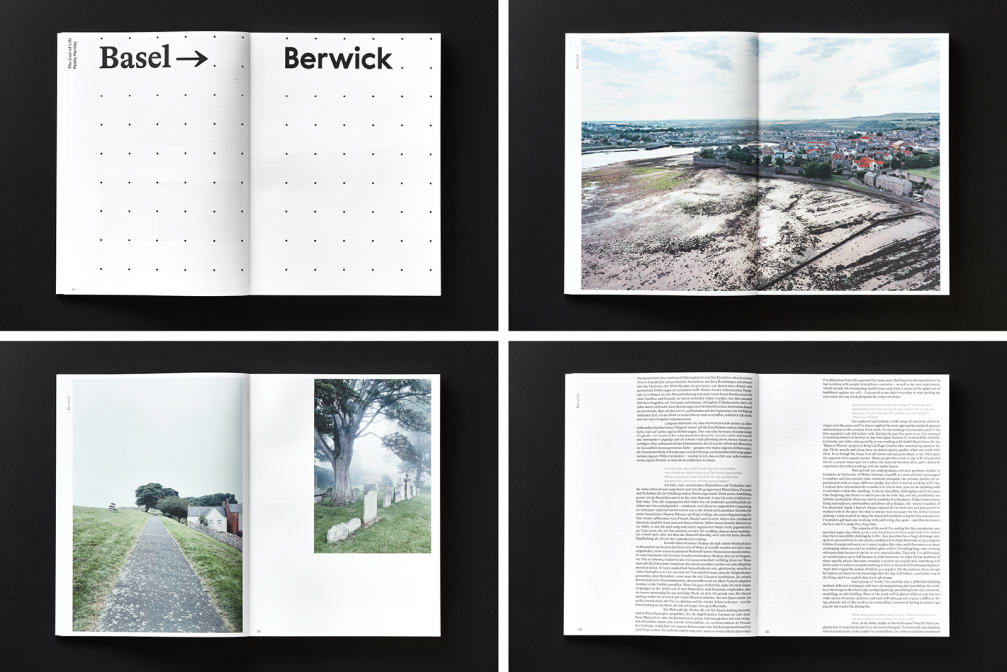
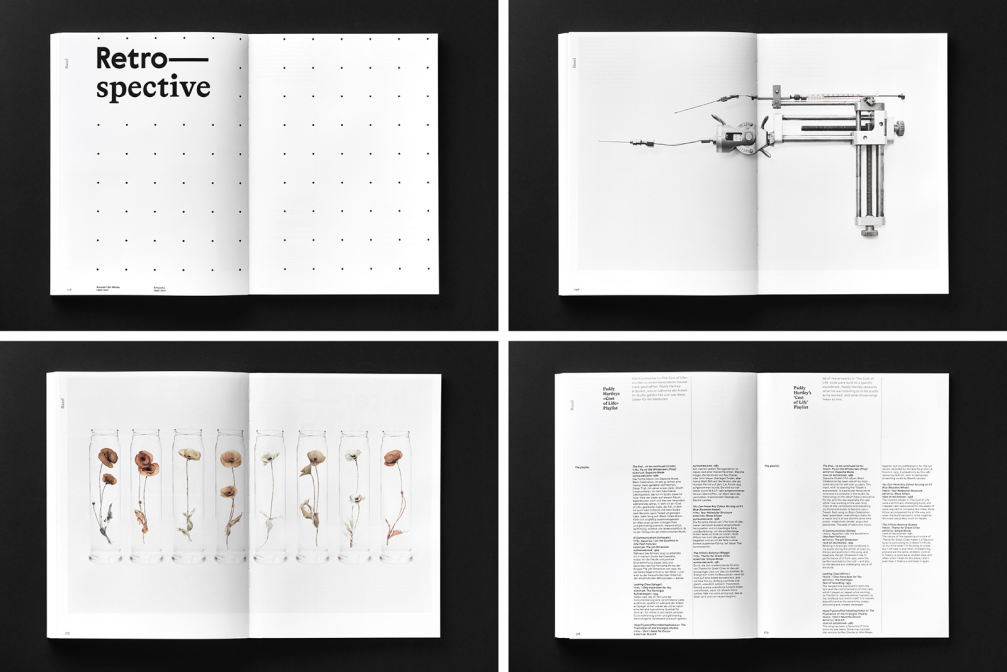
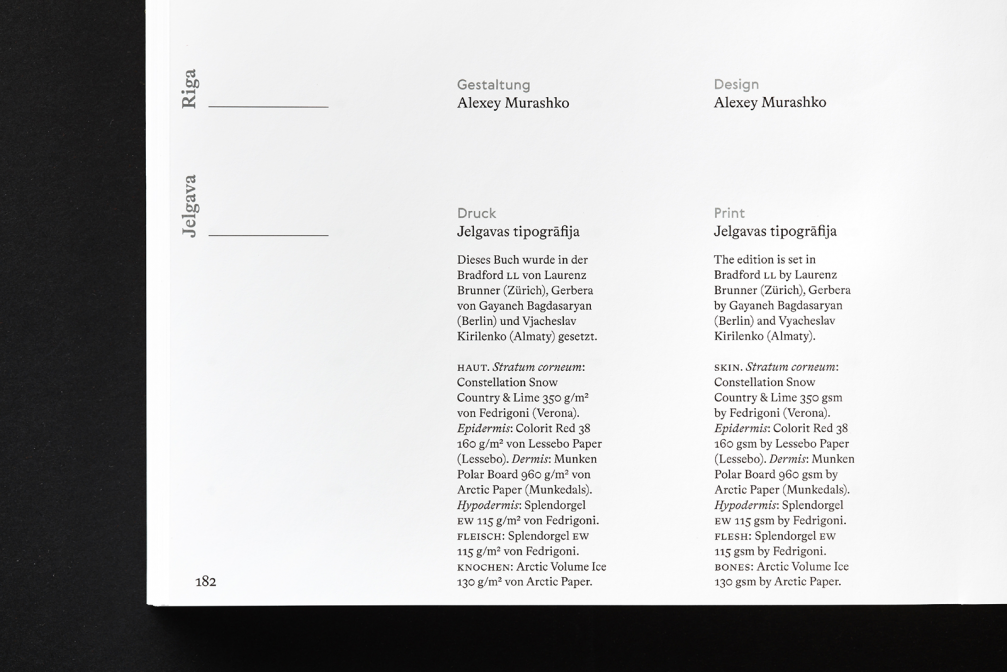
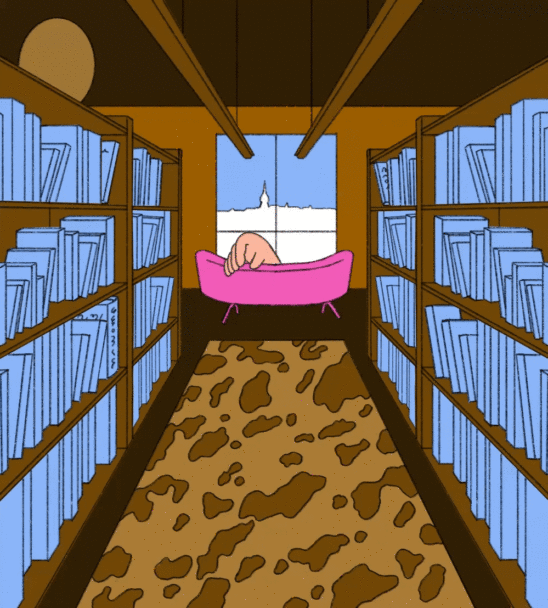
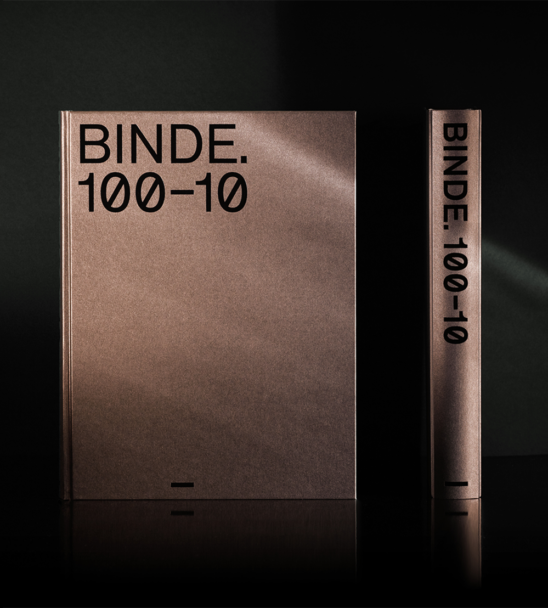
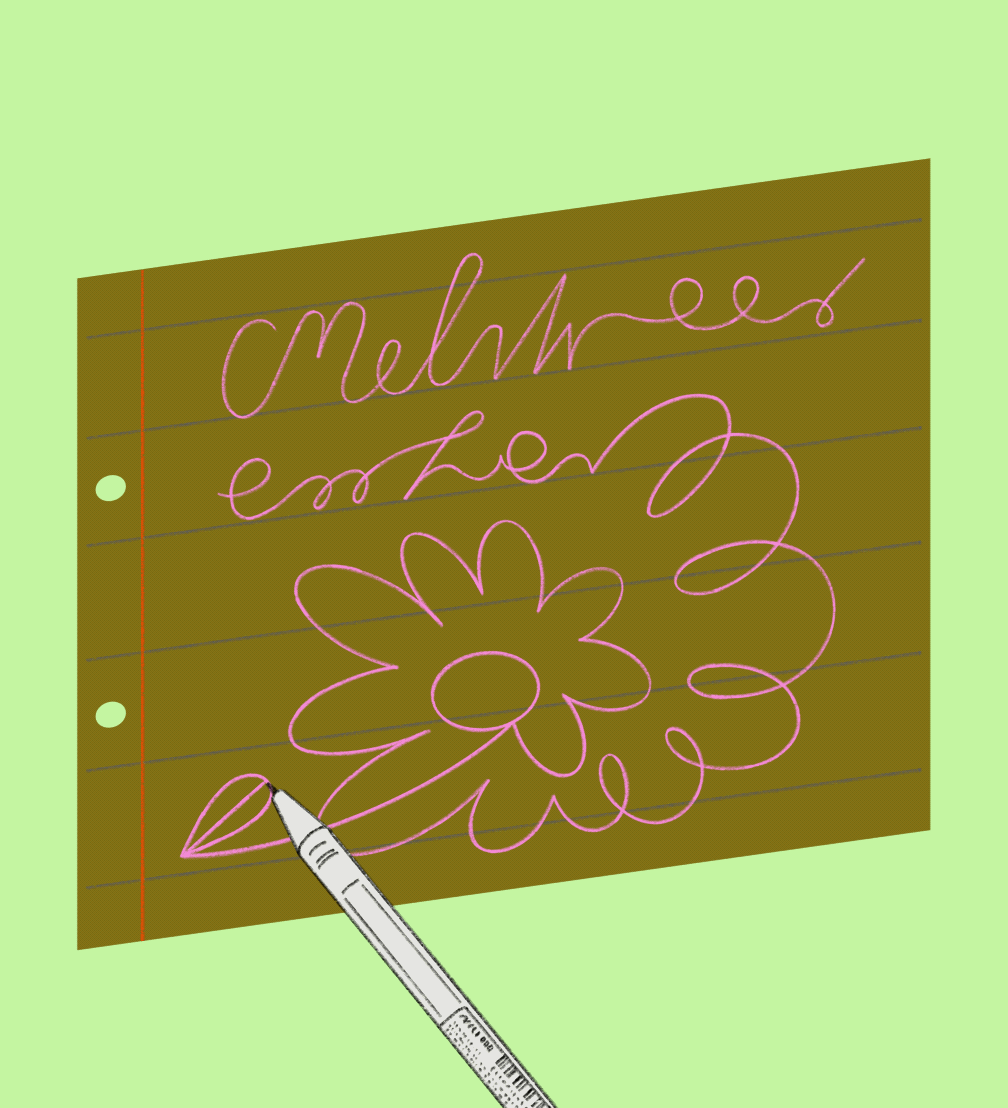
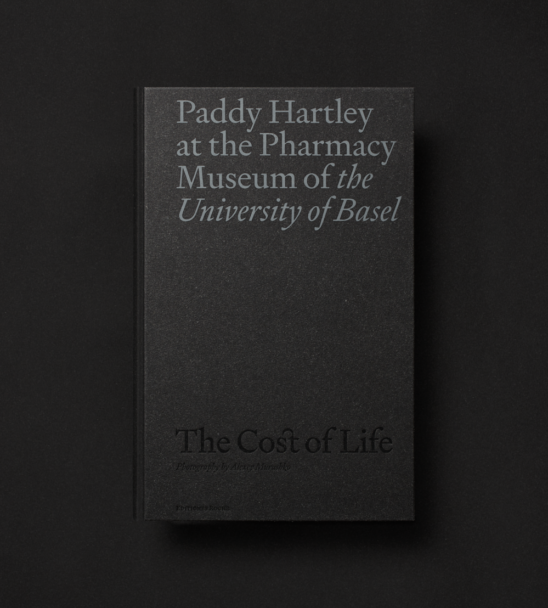
Viedokļi